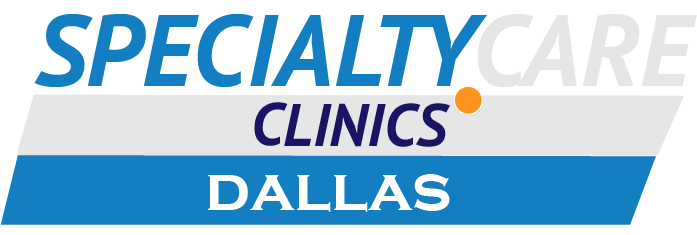Back pain is one of the most common health complaints worldwide, affecting millions of people and impacting daily life, work, and mental well-being. Whether it’s caused by injury, poor posture, or an underlying condition, back pain can range from mild discomfort to severe, debilitating agony. Pain medicine plays a crucial role in managing symptoms, reducing inflammation, and helping individuals regain mobility.
In this comprehensive guide, we’ll explore various pain medications for back pain, from over-the-counter (OTC) options to prescription drugs, as well as complementary treatments and lifestyle adjustments. Let’s dive in and discover how pain medicine can help you take back control of your life.
Types and Causes of Back Pain

Before choosing the right medication, it’s important to understand the different types of back pain and their underlying causes.
Acute Back Pain
- Sudden onset, often from injury or strain
- Typically lasts less than six weeks
Chronic Back Pain
- Persistent pain lasting more than 12 weeks
- Can result from conditions like arthritis or disc degeneration
Common Causes of Back Pain
- Muscle or ligament strain: Heavy lifting, sudden movements
- Herniated or bulging discs: Spinal disc damage pressing on nerves
- Arthritis: Inflammation and joint degeneration
- Osteoporosis: Weakened bones causing fractures
Pain Medicine Options for Back Pain Relief
Over-the-Counter (OTC) Medications
OTC medications are often the first line of defense for mild to moderate back pain.
- Nonsteroidal Anti-Inflammatory Drugs (NSAIDs)
- Benefits: Reduce inflammation and relieve pain
- Considerations: Can cause stomach issues if overused
- Topical Pain Relievers
- Examples: Gels, creams, patches
- Benefits: Targeted relief with fewer systemic side effects
Prescription Medications
When OTC options aren’t enough, doctors may recommend prescription medications.
- Muscle Relaxants
- Benefits: Reduce muscle spasms and tension
- Considerations: May cause drowsiness or dizziness
- Opioids (Short-Term Use)
- Benefits: Potent relief for severe pain
- Considerations: Risk of dependence and side effects
- Antidepressants and Anticonvulsants
- Benefits: Alter pain signals in the nervous system
- Considerations: Can take time to become effective
Injections and Advanced Treatments
For persistent or severe pain, more advanced treatments may be necessary.
- Corticosteroid Injections
- Benefits: Reduce inflammation around nerve roots
- Duration: Pain relief can last weeks to months
- Nerve Blocks and Epidurals
- Benefits: Temporarily numb nerve pain
- Use: Often recommended for sciatica or spinal stenosis
Complementary Therapies for Back Pain
Non-Medication Pain Management
While medication is powerful, it works even better when combined with other therapies.
Physical Therapy
- Strengthens back and core muscles
- Improves flexibility and posture
Chiropractic Care and Acupuncture
- Aligns the spine and reduces nerve compression
- Stimulates pressure points to relieve pain
Lifestyle Adjustments
- Exercise: Low-impact activities like swimming or yoga
- Posture awareness: Ergonomic adjustments at work
- Diet and hydration: Supports tissue health and reduces inflammation
FAQs
1. What’s the best pain medicine for back pain?
It depends on the cause and severity of your pain. NSAIDs are effective for inflammation, while muscle relaxants and prescription options work for more severe cases.
2. Are opioids safe for back pain?
Opioids can be effective for short-term relief, but they come with risks of dependence and side effects. They’re typically a last resort for chronic, severe pain.
3. Can I use multiple pain medicines at once?
Sometimes, yes — but only under a doctor’s supervision. For example, you might use an NSAID for inflammation and a muscle relaxant for spasms.
4. How long should I take pain medicine?
The duration depends on your condition. Acute pain may only require short-term medication, while chronic pain might need long-term management.
5. Are there natural alternatives to pain medicine?
Yes! Heat therapy, massage, stretching, and anti-inflammatory diets can complement or sometimes replace medication, depending on the individual.
Conclusion
Back pain can take a serious toll on your life — but with the right pain medicine and a holistic approach to treatment, relief is possible. From simple OTC medications to advanced prescription treatments and lifestyle adjustments, you can find a personalized strategy to manage your pain and improve your well-being.
The key is to work with a healthcare provider who can guide you through your options and help you build a comprehensive pain management plan. Whether your pain is temporary or chronic, there’s hope for a more comfortable, active life.
Contact our clinic for Pain medicine for effective back pain relief (469) 884-1975 or visit us https://sccdallas.co/
